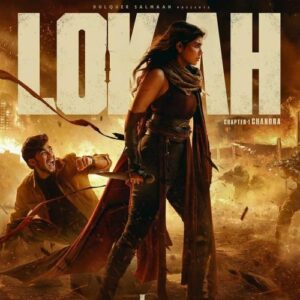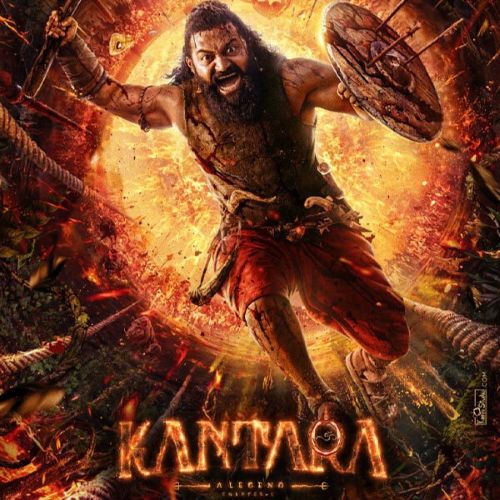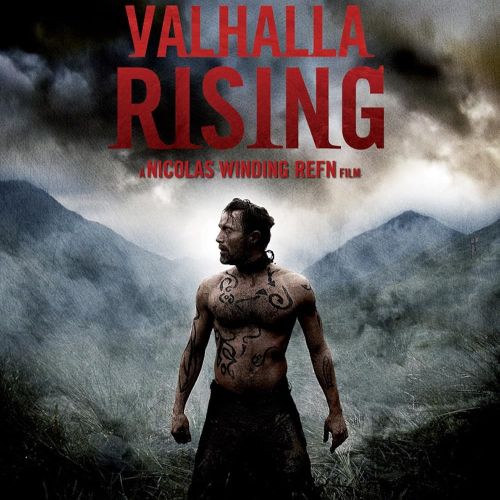Lokah Chapter 1 : Chandra (2025)
| Description | |
|---|---|
| Country of Origin | India |
| Language | Malayalam |
| Genre | Action, Fantasy |
| Cast | Kalyani Priyadarshan, Naslen, Sandy, Arun Kurian, Chandhu Salimkumar |
| Directed by | Dominic Arun |

Lokah Chapter 1 : Chandra is one of the boldest attempts in Malayalam cinema to blend mythology, folklore, and the superhero genre. From its very first frame, the film signals that it is not just another action drama but an ambitious world-building effort rooted in cultural memory and legend. The opening statement, “All legends have an element of truth,” sets the tone for a story where myth and reality coexist, giving viewers a glimpse into a universe where ancient beliefs shape modern lives.
The character of Chandra, portrayed by Kalyani Priyadarshan, is not simply a superhero but a mythological presence drawn from Kerala’s folklore. She is revealed to be Kalliyankattu Neeli, a yakshi who has crossed centuries, embodying both power and vulnerability. This creative reimagining takes a figure long regarded as a ghostly presence in regional tales and transforms her into a layered protagonist who struggles with immortality, memory, and moral choices. In doing so, the film elevates folklore beyond fear and superstition, weaving it into a narrative of empowerment and identity.
What makes the mythological aspects stand out is how seamlessly they are grounded in everyday reality. Chandra may possess supernatural strength and longevity, but she still lives a life of grief, attachment, and struggle in the modern world. The film asks a compelling question: what if the legends that have always lingered in Kerala’s oral traditions are still alive among us, walking the same streets, carrying ancient burdens? This blending of the ordinary and the mythical is one of the movie’s most impressive achievements.
The film’s visuals and mood heighten the mythical atmosphere. The production design, music, and framing of Chandra’s past evoke the haunting aura of folklore. The idea of curses, immortal beings, and lingering spirits is introduced in ways that feel mystical yet grounded. Although some of these threads remain underexplored, the attempt to build a shared mythological universe is evident. By not reducing the folklore to mere spectacle, but instead reinterpreting it for a modern audience, the movie makes its myths feel alive and immediate.
One of the most intriguing aspects is how Lokah Chapter 1 : Chandra handles gender and power within mythology. The yakshi of folklore has often been depicted as a dangerous seductress or vengeful spirit. Here, she is rewritten as a protagonist of agency, depth, and emotional resonance. Chandra embodies the fearsome power of myth while also subverting it, reclaiming her place as more than just a spectral warning from the past. This feminist reinterpretation of myth adds fresh meaning to Kerala’s traditional stories and gives the superhero genre a unique voice in Indian cinema.
Of course, the film is not without flaws. Some mythological elements, though fascinating, are left underdeveloped, and the narrative occasionally leans too heavily on spectacle and cameos. Certain portions feel like teasers for the larger universe rather than fully fleshed-out storytelling. Even so, the ambition behind the project and the way it establishes a mythic framework for future chapters is undeniable.
In the end, Lokah Chapter 1 : Chandra is not just a film but the foundation of a mythological universe inspired by Kerala’s folklore. Its portrayal of yakshi legends, supernatural powers, and immortal curses makes it stand apart from other superhero stories. By anchoring myth in modern reality and reimagining it through a strong female lead, the movie succeeds in crafting a story that is both familiar and new. It leaves audiences eager for the next chapter, where these myths can be explored in even greater depth.





